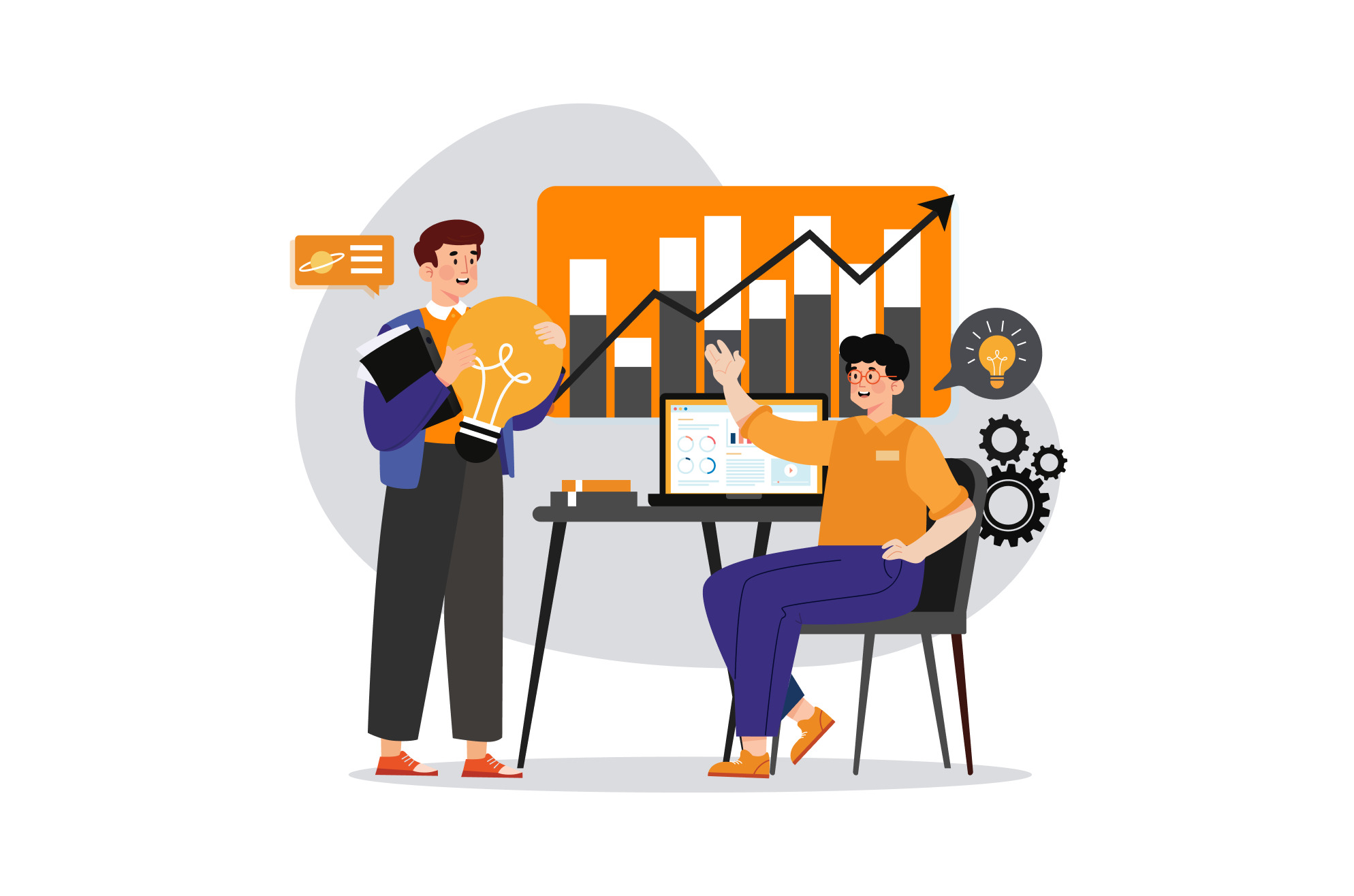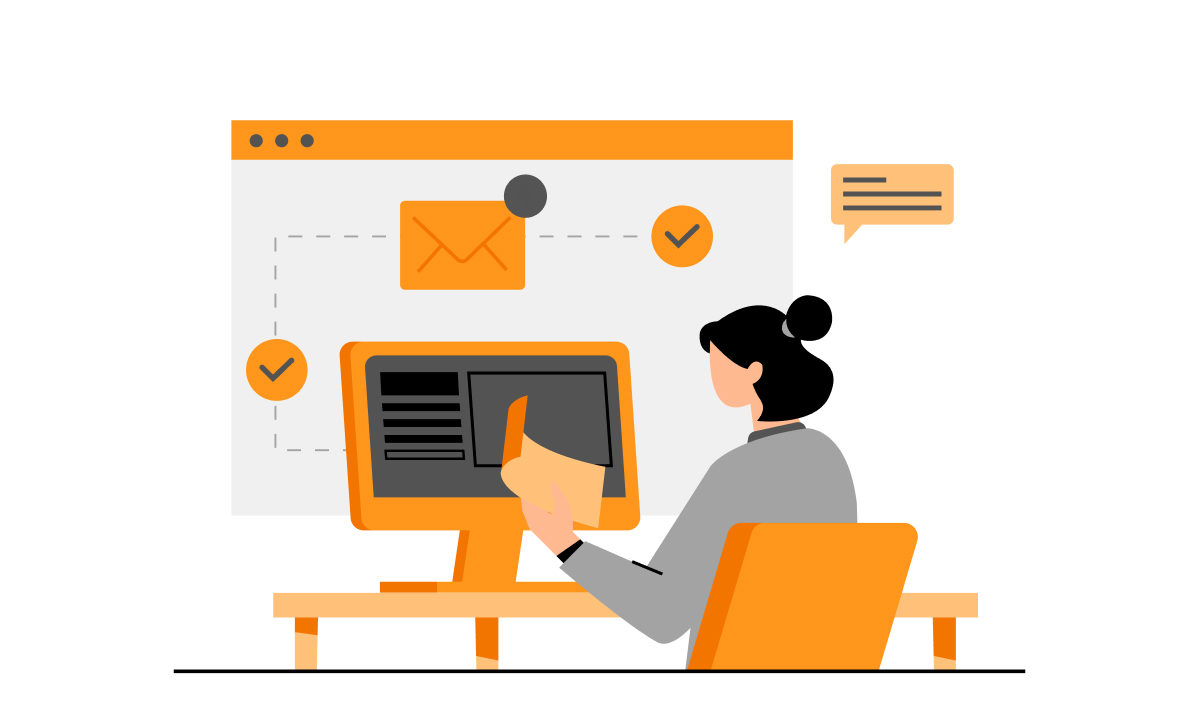Aug 8, 2023 • 2 min read
Prototyping techniques: What are its stages?

Prototyping is an essential part of the product and system development process. It allows designers and developers to test and refine ideas before investing time and resources in the final implementation. However, we are not talking about a linear and unique process. Rather, it consists of several stages ranging from initial concepts to functional prototypes. In this article, we will explore the different phases that prototyping techniques go through and their importance in the development of products that will later succeed in the market.
Stages of prototyping techniques
Definition of objectives and requirements
The first stage of the prototyping process involves clearly defining the objectives and requirements of the product or system to be developed. It is essential to understand the needs of the user, the challenges to be solved and the goals to be achieved. This provides a solid foundation for prototyping and ensures that the team focuses on the most relevant and significant aspects of the project.
Initial sketches and schematics
At this stage, preliminary sketches and schemes are made that help visualize and communicate the main ideas. These sketches can be done freehand or using graphic design tools. Of course, how they are made will depend on the type of final product in question. The goal is to explore different concepts and design options quickly and inexpensively. The sketches help to visualize the structure and the flow of interaction, allowing a better understanding of the idea and the identification of possible improvements or adjustments in a very embryonic period of the project. A time when making those adjustments does not entail large expenses.
Low-fidelity prototyping
Low-fidelity prototyping involves creating simple, rudimentary representations of the product or system. It can include mockups, digital wireframes or 2D prototypes. The key at this stage is to create a rapid, low-cost prototype that allows basic concepts to be tested and validated. These low-fidelity prototypes help gather early feedback from users and spot potential usability or design issues. Again, speed and keeping costs low are the main premises under which it operates.
Half-fidelity prototyping
Once the basic concepts have been validated,half-fidelity prototyping is carried out. At this stage, more detailed and functional prototypes are developed that increasingly resemble the final product. They can include physical mockups, interactive mockups, or software prototypes with limited functionality . The goal is to simulate the real user experience and test the technical feasibility of the product.
High-fidelity prototyping
High-fidelity prototyping is the final stage of the process, where a highly detailed and functional prototype is created that approaches the final product in terms of appearance and functionality. It can include interactive prototypes, 3D models, or fully functional software prototypes. These prototypes allow for extensive testing, evaluation of performance and usability, and accurate feedback from users before final implementation. Any of these stages can be extended for more or less long periods of time, depending on the process.
Importance of prototyping stages
Each stage of prototyping serves a specific purpose and contributes to product development. Initial phases, such as defining objectives and sketching, allow ideas and concepts to be explored before investing time and resources in more elaborate prototypes. Low-fidelity and medium-fidelity prototypes help test and validate design, usability, and technical feasibility. Thanks to them it is possible to make early adjustments saving the higher costs that would occur in later stages. High-fidelity prototyping allows for extensive final testing, identifying potential problems, and obtaining more accurate feedback to finalize all product details before final release.
It is important to know how to distinguish the three types of prototypes. We leave you a comparison that may be useful to you.
Low-fidelity prototypes
- Features: Low-fidelity prototypes are usually fast, inexpensive, and of low visual quality.
- Detail nivel: are simple and rudimentary representations of the product or system.
- Functionality: they usually lack interactivity and do not have complex functionalities.
- Use: In the initial stages of the design process to explore and communicate basic ideas, test concepts, and get early feedback from users.
- Advantages: they are quick to create, allow you to experiment and adjust concepts, and help identify usability and design problems before investing more resources.
Half-fidelity prototypes
- Features: Medium-fidelity prototypes are more detailed and refined compared to low-fidelity ones.
- Level of detail: they more closely resemble the final product in terms of appearance and basic functionalities.
- Functionality: Limited interactivity and basic functionalities implemented, but not fully functional.
- Use: to test and validate the design, structure and technical feasibility of the product or system. They allow you to get feedback from users and make adjustments before moving on to more advanced stages.
- Advantages: they provide a more realistic representation of the product or system, allow early detection of problems and validate key concepts.
High-fidelity prototypes
- Features: They are the most detailed and advanced in terms of appearance, functionality and similarity to the final product.
- Level of detail: very close to the final product interms of visual appearance, interactivity and functionalities implemented.
- Functionality: They can include full or partial functionalities, and offer an experience similar to that of the final product.
- Usage: To run final tests, evaluate usability and performance, and get accurate feedback before final implementation.
- Advantages: They provide a very accurate representation of the final product, allow extensive testing and accurate feedback from users before launch.
As we have seen, prototyping techniques go through several stages, from defining objectives to creating high-fidelity prototypes. Each stage plays an important role in the product and system development process, allowing ideas to be tested, validated and refined before final implementation. Prototyping techniques are, therefore, a powerful tool that helps minimize risks, optimize resources and ensure the creation of products that meet the needs and expectations of users. By properly exploiting the different stages of prototyping, companies can drive innovation, improve user experience and increase the chances of success in the market.
Book a consultation
Let's start some incredible projects.
Let's innovate together!









